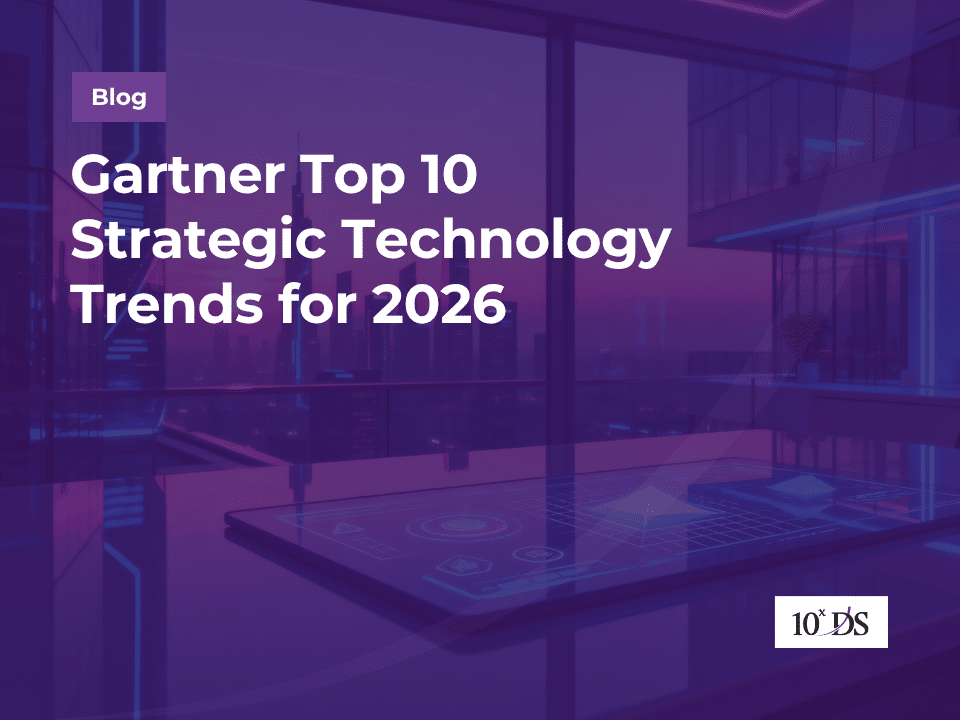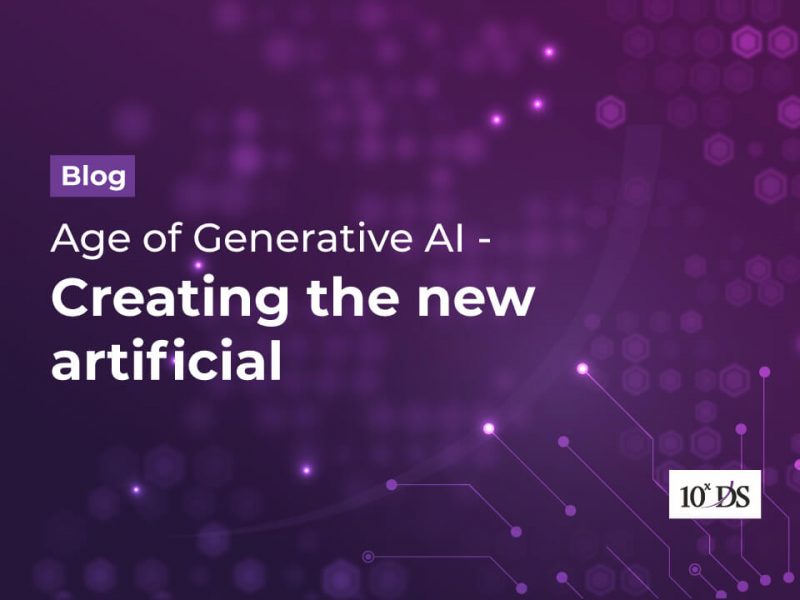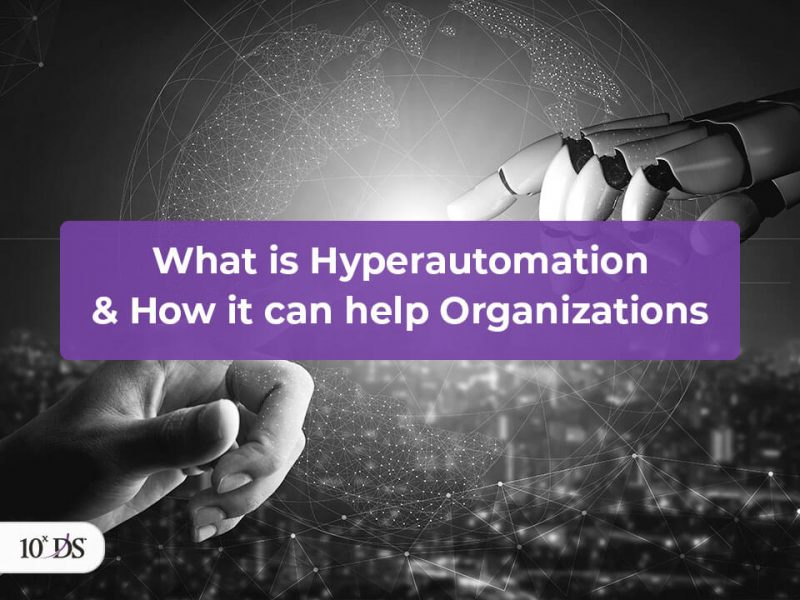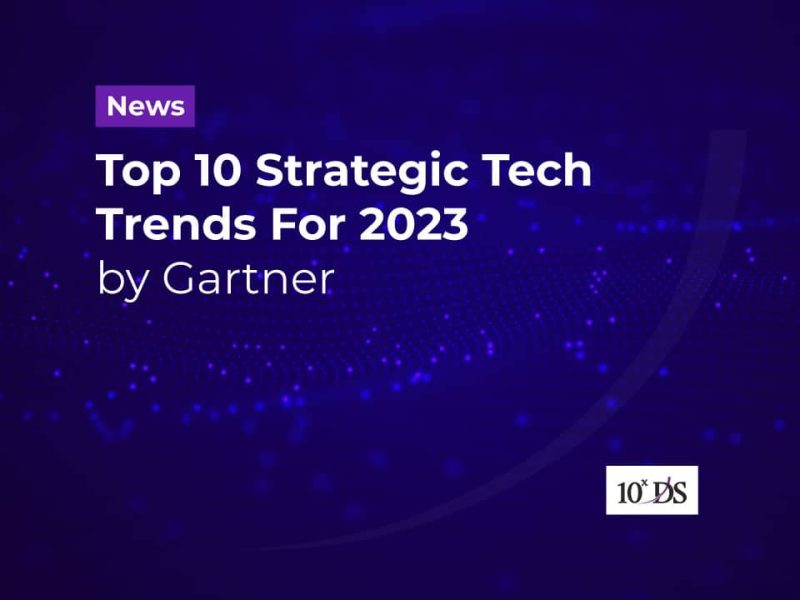
Gartner Top 10 Strategic Technology Trends for 2026
The technology landscape is entering a new era where every business decision is shaped by artificial intelligence, automation, and digital trust. As we move toward 2026, organizations are no longer asking if they should adopt AI, but how fast they can scale it responsibly.
At the Gartner IT Symposium/Xpo 2025, analysts Gene Alvarez and Tori Paulman introduced the Top 10 Strategic Technology Trends for 2026 — a forward-looking guide for CIOs and digital leaders navigating an AI-first economy. These trends highlight the technologies and strategies that will define how enterprises build resilient foundations, orchestrate intelligent systems, and protect enterprise value in the years ahead.
The Big Picture: Why 2026 Matters
According to Gartner, 2026 will be a pivotal year marked by massive transformation across industries. Disruption, innovation, and risk are converging at record speed, forcing enterprises to rethink their foundations. Technology is no longer just an enabler — it’s a defining factor in competitiveness, governance, and even geopolitical strategy.
As Gene Alvarez put it, “The top strategic technology trends identified for 2026 are tightly interwoven and reflect the realities of an AI-powered, hyperconnected world where organizations must drive responsible innovation, operational excellence, and digital trust.”
Tori Paulman added that what makes this year stand out is the pace of change. More innovation is emerging in a single year than ever before. The message is clear: organizations that act now won’t just survive volatility — they’ll shape the future of their industries.
The 10 Trends Redefining the Next Five Years
Gartner divides these trends into three overarching themes that define how leading organizations will innovate, orchestrate, and protect enterprise value:
- The Architect – Building secure, scalable foundations for AI and digital transformation.
- The Synthesist – Combining AI models, agents, and real-world intelligence to drive value.
- The Sentinel – Safeguarding reputation, data, and trust in an AI-first era.
Let’s dive into the ten trends shaping the tech landscape for 2026 and beyond.
1. AI-Native Development Platforms
Software development is being reinvented. AI-native development platforms empower teams to build software faster and smarter by embedding generative AI directly into the development process.
Instead of traditional coding from scratch, engineers can now collaborate with AI to write, test, and optimize code. Gartner predicts that by 2030, 80% of organizations will evolve large software engineering teams into smaller, AI-augmented teams, significantly boosting productivity and innovation speed.
This isn’t just about efficiency — it’s about accessibility. Non-technical domain experts can now build applications safely within governance frameworks, democratizing innovation across departments.
2. AI Supercomputing Platforms
AI supercomputing platforms are the engines powering the next wave of discovery. By combining CPUs, GPUs, AI ASICs, and even neuromorphic computing systems, they allow organizations to handle complex workloads with unprecedented performance and speed.
From biotech firms simulating new drugs to financial institutions modelling global markets, AI supercomputing is already transforming industries. Gartner forecasts that by 2028, over 40% of leading enterprises will adopt hybrid computing architectures for critical workflows — up from just 8% today.
However, with great power comes great responsibility. Managing costs, data pipelines, and governance will be key challenges as enterprises race to scale these platforms responsibly.
3. Confidential Computing
As AI and data systems expand across clouds and continents, data privacy is becoming mission-critical. Confidential computing protects sensitive information while it’s being processed, not just when stored or transmitted.
By isolating workloads in secure hardware-based environments, it keeps even infrastructure providers from accessing the data. For industries handling financial, healthcare, or government data, this technology is a game changer.
Gartner predicts that by 2029, more than 75% of operations on untrusted infrastructure will be secured in-use by confidential computing, making it a cornerstone of future cybersecurity and compliance strategies.
4. Multiagent Systems
Welcome to the age of collaboration between humans and AI agents. Multiagent systems (MAS) are networks of intelligent agents that interact to achieve shared or individual goals.
Think of them as teams of specialized digital workers — each handling tasks such as decision-making, automation, or analysis — while working together toward a common outcome.
This modular approach enables organizations to scale complex business processes efficiently. It allows automation to become adaptive, context-aware, and aligned with real-time needs. As Alvarez explains, “Modular, specialized agents can boost efficiency, speed up delivery, and reduce risk by reusing proven solutions across workflows.”
In short, MAS are transforming operations from linear automation to dynamic orchestration.
5. Domain-Specific Language Models (DSLMs)
Large Language Models (LLMs) have proven their power, but general-purpose AI has limits. Enter Domain-Specific Language Models (DSLMs) — AI models fine-tuned for specific industries or business functions.
From finance to healthcare, these specialized models deliver better accuracy, explainability, and compliance than generic ones. Gartner predicts that by 2028, over half of enterprise GenAI models will be domain-specific.
The advantage? DSLMs understand context — they “speak the language” of your industry. This makes them ideal for applications like compliance checks, fraud detection, risk assessment, and customer engagement where accuracy matters most.
6. Physical AI
AI is moving off screens and into the real world. Physical AI powers robots, drones, autonomous vehicles, and smart equipment that can perceive, decide, and act.
From manufacturing floors to logistics and agriculture, intelligent machines are enhancing productivity, safety, and decision-making. The integration of AI into physical systems also bridges the gap between IT and operations, creating demand for cross-disciplinary expertise.
However, this evolution also brings new challenges — workforce adaptation, ethical robotics, and safety regulations. As organizations scale Physical AI, balancing automation with human oversight will be key.
7. Pre-emptive Cybersecurity
In today’s threat landscape, reacting after an attack isn’t enough. Pre-emptive cybersecurity flips the script by using AI and predictive analytics to anticipate and block threats before they strike.
By 2030, Gartner expects pre-emptive cybersecurity to account for half of all security spending, as organizations shift from reactive defence to proactive protection.
AI-powered security operations, real-time threat modelling, and deception technologies will become standard tools for defending complex, connected systems. As Paulman notes, “Pre-emptive cybersecurity is about acting before attackers strike — this is a world where prediction equals protection.”
8. Digital Provenance
In an era where misinformation and deepfakes are rampant, trust is everything. Digital provenance ensures the authenticity of software, data, and AI-generated content by verifying their origin and integrity.
Organizations are increasingly using tools like digital watermarking, software bills of materials (SBoM), and attestation databases to track and validate their digital assets.
Gartner warns that by 2029, enterprises that fail to invest in digital provenance could face sanctions and reputational risks running into billions. For CIOs, this trend isn’t optional — it’s essential to maintain trust and compliance across supply chains.
9. AI Security Platforms
As AI adoption skyrockets, so do its vulnerabilities. AI security platforms offer a centralized way to monitor, control, and protect both in-house and third-party AI systems.
These platforms address unique risks such as data leakage, prompt injection, and rogue agent behaviour. They also help organizations implement consistent governance across diverse AI applications.
By 2028, more than 50% of enterprises are expected to use AI security platforms to safeguard their AI investments and ensure responsible usage. It’s the digital equivalent of an immune system — monitoring, learning, and adapting in real time.
10. Geopatriation
In a world where geopolitics and technology are increasingly intertwined, geopatriation has emerged as a vital strategy. It refers to moving workloads and data from global public clouds to more localized or sovereign cloud environments to mitigate geopolitical risk.
As data sovereignty and compliance concerns grow, this approach offers more control and assurance over where and how data is stored and processed.
Gartner predicts that by 2030, over 75% of European and Middle Eastern enterprises will geopatriate their workloads, up from less than 5% in 2025. This marks a major shift in cloud strategy — from convenience to control.
Leading Through the AI Era
For CIOs, the message is simple but urgent: acting early is the new competitive advantage. Organizations that experiment now — responsibly, securely, and strategically — will set the standard for the decade ahead.
AI will no longer be a choice; it will be an expectation. Enterprises must design architectures that balance innovation with ethics, efficiency with governance, and automation with human judgment.
As Gartner’s analysts concluded, this is the moment for tech leaders to turn strategy into execution — to move from exploring AI’s potential to embedding it into every layer of the enterprise.
Final Thoughts
The Top 10 Strategic Technology Trends for 2026 reflect a broader truth: technology has moved from being a support function to becoming the strategic core of modern enterprises. Success will depend not just on adopting these innovations but on integrating them cohesively — balancing speed with governance, automation with human oversight, and intelligence with trust.
In a world that’s increasingly intelligent and interconnected, leadership will belong to those who use technology not just to transform systems, but to strengthen the very fabric of their enterprise.


